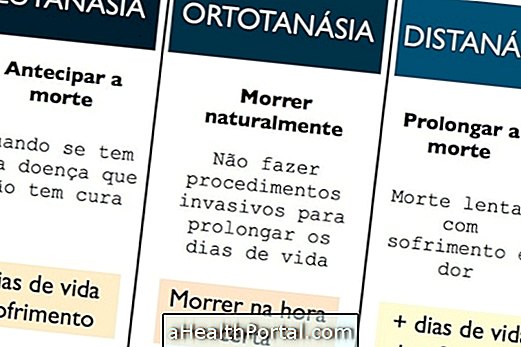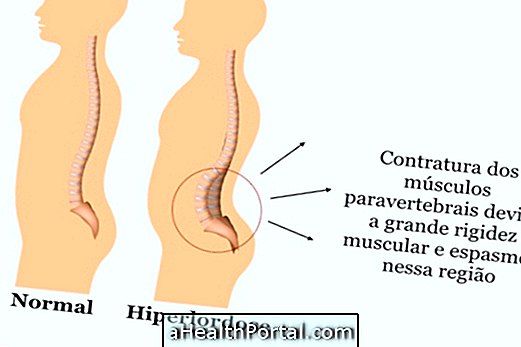Euthanasia, dysthanasia, and orthothanasia are terms that define medical approaches to patient death. Thus, euthanasia is defined as the act of "anticipating death, " dysthanasia characterizes a "slow death with suffering, " while orthatanasia represents "natural death without anticipation or prolongation."
These concepts are much discussed in the context of bioethics, which is the area that investigates the conditions necessary for a responsible administration of human, animal and environmental life, since opinions may vary in relation to the support of these practices.
However, in general, euthanasia is prohibited by law in most countries, while dysthanasia is considered a bad practice in medicine, and ortho- thasia is a good practice and is recommended during the care of people with incurable and terminal illnesses .

1. Euthanasia - Anticipating Death
Euthanasia is the act of abbreviating a person's life. This is a word of Greek origin, which means "good death", because its intention, when practiced, is to end the suffering of the person who lives a serious and incurable disease.
However, euthanasia is illegal in most countries, since it involves human life, the most precious thing one can have. Practitioners against this practice claim that human life is inviolable, and no one has the right to abbreviate it, and in addition, it is very difficult to define which people can still have relief relieved without the need to anticipate their death.
Types of euthanasia
There are different types of euthanasia, which best define how this anticipation of death will be made, and include:
- Voluntary active euthanasia : it is done by administering drugs or performing some procedure with the intention of taking the patient to death, after their consent;
- Assisted suicide : is the act performed when the doctor provides medicines so that the patient himself can shorten life;
- Involuntary active euthanasia : it is the administration of medications or procedures to bring the patient to death, in a situation in which the patient did not consent previously. This practice is illegal in all countries.
It is important to remember that there is a different form of euthanasia called passive euthanasia, characterized by the suspension or termination of medical treatments that maintain the patient's life without offering any medication for its abbreviation. This term is not used much, because it is considered that, in this case, it is not caused the death of the person, but rather, it is intended to allow the patient to die naturally and, therefore, is not illegal. This act is included in the practice of ortotanasia, explained better below.
Countries where euthanasia is legalized
Active euthanasia or assisted suicide are legalized in the Netherlands, Belgium, Switzerland, Luxembourg, Germany, Colombia, Canada and in some states of the United States of America.
These countries consider that the adult person, with informed and signed consent, or minor with the consent of the parents, has the right to decide to die, in specific situations, as in the case of an incurable and suffering illness.
2. Ortotania - the act of dying naturally
Orthotanasia promotes a natural death, dignified and follows the course of life, without treatments that are considered futile, invasive and artificial to keep the person alive and prolong death, such as breathing apparatus, for example.
Orthotanasia is practiced through palliative care, an approach that seeks to maintain the quality of life of the patient and his family in cases of serious and incurable diseases, helping to control physical, psychological, social and spiritual symptoms. Understand what palliative care is and when it is indicated.
Thus, in ortho- thasia, death is seen as something natural that every human being will go through, seeking the purpose that is not to shorten or postpone death, but rather to seek the best way to pass through it while maintaining the dignity of the person who is sick.
3. Dysthanasia - extending life through treatment
Dysthanasia is the act of prolonging the day of a person's death, thereby prolonging pain and suffering. Thus, dysthanasia is considered a bad medical practice, as it promotes a slow death, through treatments considered futile and without benefits for the person in terminal phase of life.
This term, also known as therapeutic obstinacy, is still very much practiced in Brazil and in the world, due to the lack of knowledge of the population about what is considered useful or not for a person with severe and incurable disease.
To diminish this kind of practice, it is necessary to understand that there are cases where death is inevitable, and that prolonging the dying process only promotes a life without quality, resulting in slow death, increasing the chances of suffering, pain and agony to death. the patient and the family that accompanies this process.


















